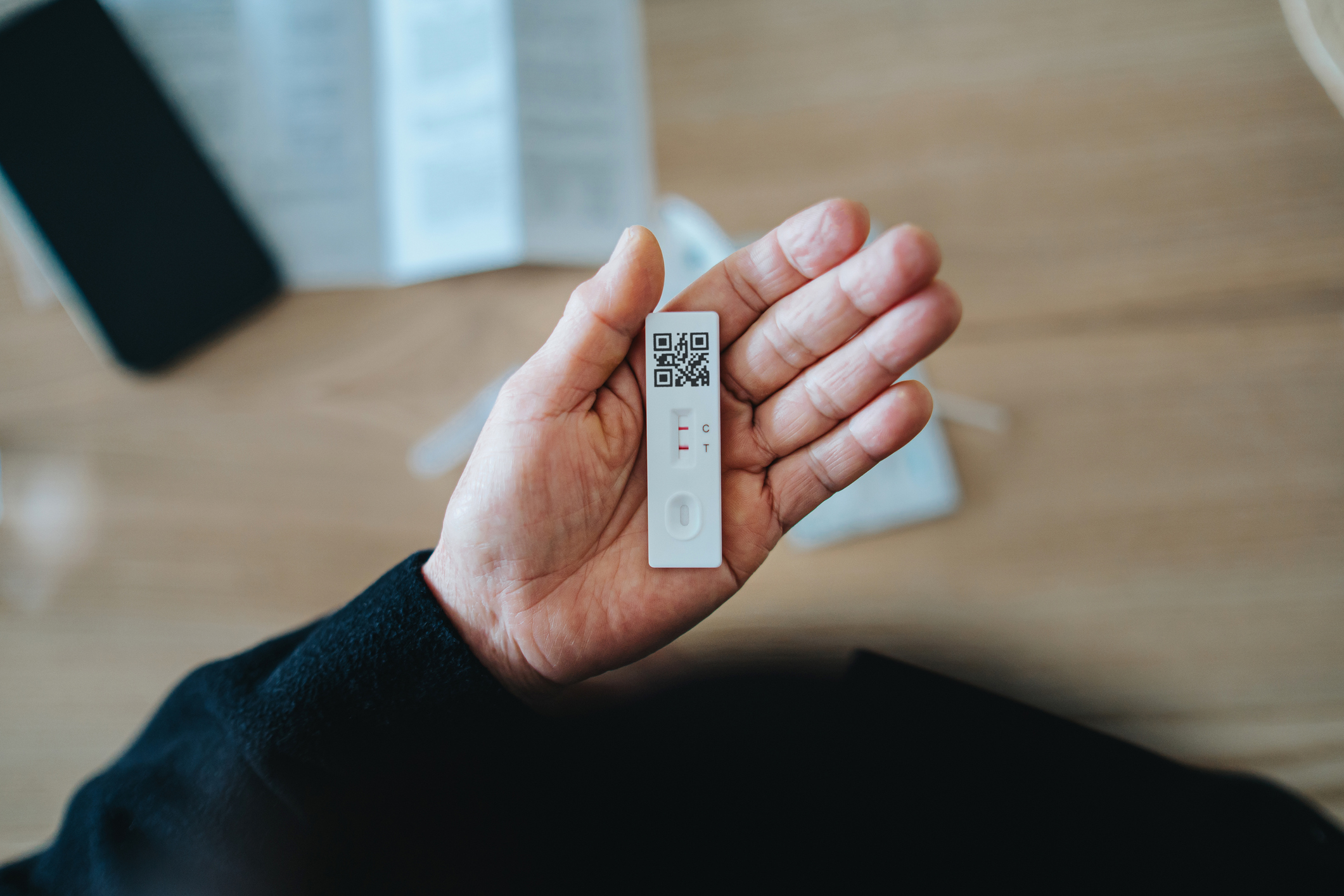
Unlock the Benefits of ‘Radical Rest’ to Combat Long COVID Symptoms
COVID-19 has been a major disruption to our lives, and with it, an increase in the general population’s stress levels. In response to this, many have begun to focus on self-care as a way to cope. Unfortunately, many of these approaches such as exercise, yoga, and mindfulness, can actually be counterproductive in the context of long COVID-19 symptoms. The key to improving long-term symptoms may be something you wouldn’t expect: radical rest.
Radical rest is a concept that is gaining traction among COVID-19 patients who have been struggling with long-term symptoms. It is a combination of rest and meditation that has proven to be helpful in managing the lingering physical and psychological effects of the virus. The idea is to take a break from all activities, including physical and mental stimulation, and focus on rest and relaxation. This could include taking a nap, reading a book, watching a movie, or taking a walk in nature. The idea is to give your body and mind time to heal and regenerate. Studies have shown that this kind of rest can have a positive effect on people with long-term COVID-19 symptoms.
One of the most important aspects of radical rest is to allow yourself to take regular breaks throughout the day. This can help to reduce the stress and fatigue associated with long-term COVID-19 symptoms. Studies have shown that taking regular breaks throughout the day can reduce stress, improve mood, and reduce fatigue. Taking breaks can also help to improve focus and productivity. Taking regular breaks can also be beneficial to overall health and well-being.
When taking a break, it is important to make sure that you are engaging in activities that promote relaxation and restoration. This could include listening to music, reading a book, taking a nature walk, or simply lying down and taking deep, calming breaths. Avoid activities that are overly stimulatory or that require too much energy. Also, make sure to get an adequate amount of sleep each night. Studies have found that getting seven to eight hours of sleep per night can help to reduce stress and improve overall health.
In addition to taking breaks, you should also make sure to limit overexertion. Overexertion can lead to muscle fatigue and other physical problems, as well as increased levels of stress and anxiety. If you need to do any physical activities, make sure to take it slow and listen to your body. If you feel any pain or discomfort, don’t push yourself too hard. Taking it slow and listening to your body will help you to avoid overdoing it and can help to reduce long-term COVID-19 symptoms.
Finally, it is important to remember that the goal of radical rest is not to completely eliminate your activities or duties. It is instead a way to give your body and mind some space to heal and regenerate. This can be especially helpful in managing long-term COVID-19 symptoms. Taking regular breaks and limiting overexertion can help to reduce stress and fatigue, as well as improve overall health and well-being. Taking the time to engage in radical rest can be a helpful way to reduce long-term COVID-19 symptoms and improve overall health and well-being.
In conclusion, radical rest is a concept that has been gaining traction among those who have been dealing with long-term COVID-19 symptoms. It involves taking regular breaks throughout the day, limiting overexertion, and engaging in activities that promote relaxation and restoration. Taking the time to engage in radical rest can be beneficial in managing long-term COVID-19 symptoms and can help to improve overall health and well-being.
| 3M Clinpro 5000 | Chlorhexidine Gluconate |
| Get a stronger smile with Clinpro 5000 fluoride toothpaste. Reduces cold sensitivity and remineralizes lesions. Contains natural ingredients for a brighter, healthier smile. | Get a healthy smile with Chlorhexidine Gluconate oral rinse. Treats gingivitis and fights harmful bacteria. Try it now!. |
Tips for Practicing Radical Rest
If you are interested in trying out radical rest for yourself, here are some tips to get you started:
- Take regular breaks throughout the day. This can help to reduce stress and fatigue.
- Limit overexertion. Take it slow and listen to your body.
- Engage in activities that promote relaxation and restoration. This could include listening to music, reading a book, or taking a nature walk.
- Get an adequate amount of sleep each night. Seven to eight hours is recommended.
By following these tips, you can start to experience the benefits of radical rest and begin to manage long-term COVID-19 symptoms. Keep in mind that it is important to take it slow and listen to your body. This can help to ensure that you are getting the most out of your radical rest practice. With enough practice, you can start to experience the positive effects of radical rest and begin to reduce your long-term COVID-19 symptoms.
Radical rest is an effective way to manage long-term COVID-19 symptoms. It involves taking regular breaks, limiting overexertion, and engaging in activities that promote relaxation and restoration. With enough practice, it can be a helpful way to reduce long-term COVID-19 symptoms and improve overall health and well-being.
| 3M Clinpro 5000 | Chlorhexidine Gluconate |
| Get a stronger smile with Clinpro 5000 fluoride toothpaste. Reduces cold sensitivity and remineralizes lesions. Contains natural ingredients for a brighter, healthier smile. | Get a healthy smile with Chlorhexidine Gluconate oral rinse. Treats gingivitis and fights harmful bacteria. Try it now!. |
Conclusion
COVID-19 has changed many aspects of our lives, and with it, an increase in stress levels. Many self-care approaches such as exercise, yoga, and mindfulness can actually be counterproductive in the context of long COVID-19 symptoms. The key to improving long-term symptoms may be something you wouldn’t expect: radical rest. Radical rest is a combination of rest and meditation that has proven to be helpful in managing the lingering physical and psychological effects of the virus. It involves taking regular breaks throughout the day, limiting overexertion, and engaging in activities that promote relaxation and restoration. With enough practice, it can be a helpful way to reduce long-term COVID-19 symptoms and improve overall health and well-being.

